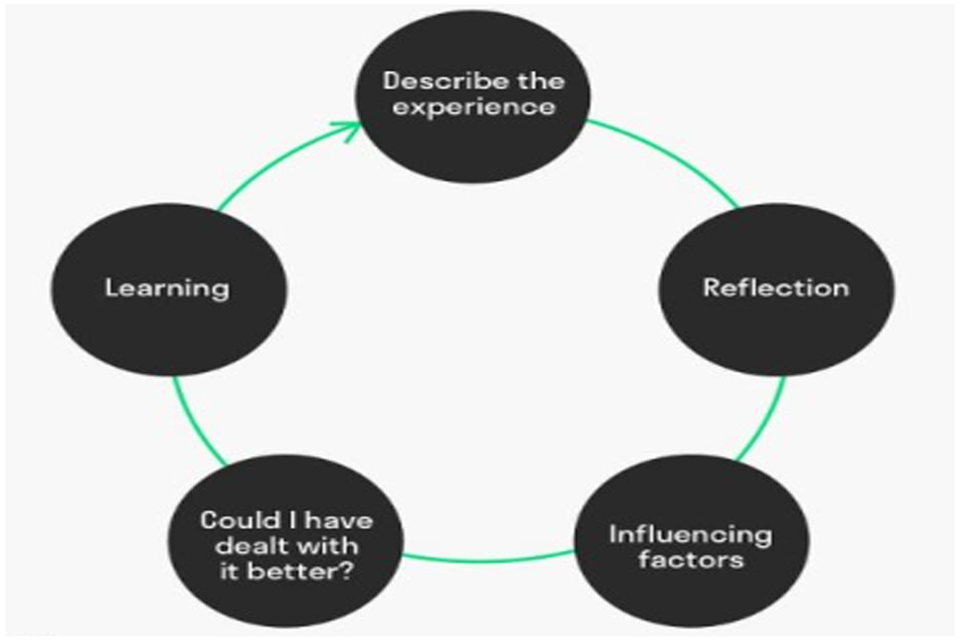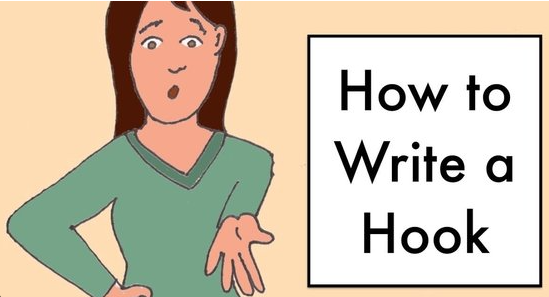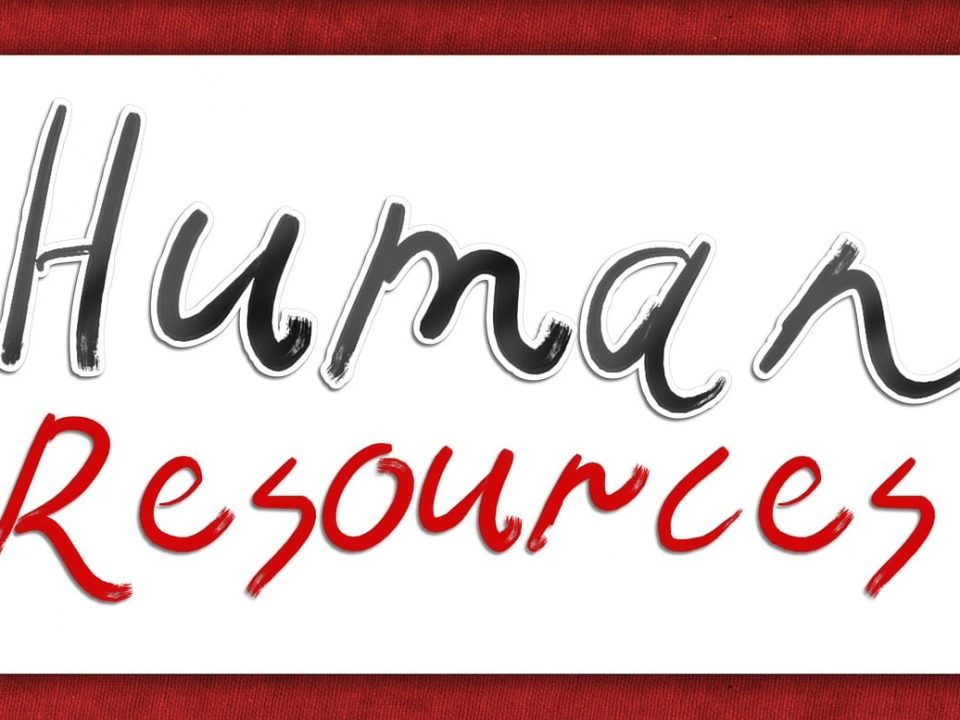Guide to writing a reflection based on Johns’ model of reflection

Introduction
Christopher John developed Johns’ model of reflectionin the early nineties. Like Gibbs and Rolfe, John also developed his reflective practice for the nursing practice, but as time passed, the model started to be used in different disciplines.Johns’ model of reflection is also used in the education field. John’s reflective model has gained much influence as it considers the internal components of a practitioner apart from considering the external matters related to an individual.So, internal matter includes feelings and thoughts, and external matters include factualoccurrences.
The model was influenced by the conversation between practitioners of a specific profession and their supervisors. It is a great way to reflect and focus on complicated decision-making.The process of the model is carried through answering different questions under five cue questions. The blog on Johns’ model of reflection will help in understanding the fundamentals of the model
Phases of Johns’ model of reflection
The reflection model of John has been developed based on two processes, looking in and looking out.
Looking in: When analyzing an experience, the practitioners are asked to look into themselves and recollect what had happened.Using notes to clarify the viewpoint is the best way to remember the experience. There must be a description of the incident, the emotions during and after the incident, and the emotions that were provoked since the incident.A note of all issues arising from the incident till its consequences must be noted down.
Looking out: The elements in looking out of the model are based on five cue questions discussed below.
1. Describe the experience (Aesthetic questions): In the aesthetics phase, practitioners must describe the experience they want to reflect on in detail. The questions in this phase revolve around the factual description of the incident.
• What, where and when did it happen?
• What was my response?
• What was the response of others involved in the incident?
• What actions did I take?
• What was the result?
2. Reflection (personal questions): In this phase, the practitioners must self-reflect; the questions asked are personal and concerned with their feelings.The phase tries to connect the gaps in factual and situational contacts. It considers emotions and how the practitioner reflects upon feelings added to the incident. A few questions in Johns’ model of reflectionthat helps to address this phase are listed below.
• What did you feel, and why did you feel so?
• How are your feelings at present about the incident?
3. Influencing factors (ethical question): In this phase, the practitioners will, in detail, express the internal and external factors that influenced how they reacted to the incident being reflected upon.In this section, the practitioner will connect their values and ethics to hold up or defy their actions.A few questions in Johns’ model of reflectionthat helps to address this phase are listed below.
• Which internal factors reflected influence from your actions?
• Which external factors reflected influence on your actions?
• Did you align your actions with your ethics?
• Did you commit anything unethical? If yes, were there any external factors that influenced it?
4. Contextual (empiric questions):In this phase, the practitioners can explain what other actions they could resort to during the incident instead of taking action being reflected upon. In addition, the practitioner can also discuss the effect of their action on them or the people involved in the incident.A few empirical questions in Johns’ model of reflectionthat helps to address this phase are listed below.
• What other alternatives did you have?
• Did you think about all the alternatives before giving your response?
• Do you think you selected the best option?
• How did your action impact others involved in the incident?
5. Learning (reflexivity questions): John, while framing Johns’ model of reflection, added some reflective questions to it. These questions will help the practitioner to effectively highlight the learning model. In this part, they will explain their learnings gained from experience and how they will use them in the future if an identical incident occurs.A few reflexivity questions in Johns’ model of reflection that helps to address this phase are listed below.
• What were the primary learnings from experience?
• How will the learnings be applied when faced with an identical incident?
• How did the present experience transform your knowledge?
Which is the best way to reflect?
There is no particular way to reflect being an individual or working with a team. In both instances, the way to reflect will be different. In this section of Johns’ model of reflection, we will discuss the best way to reflect individually and as a team.
Individual reflection: The best way to reflect individually is to write everything related to the event. It helps to be clear and precise with the thoughts and can aid in future. In addition, it helps to think at a higher level and take focused actions.Though, it is not possible for individuals to reflect on their own so they can take help from other individuals and get a different point of view about the incident. Visiting the notes at regular intervals will help to fortify the learnings.
Team reflection: Reflection as a team must occur when all the team members are present. It must be chaired as a meeting and ascertain that every member’s opinion is heard and discussed before deciding on action.An individual can personally grow if the meeting is successful and productive. It can help develop interpersonal skills and open other opportunities for individual team members. To make the reflection effective, all the team members must reach a consensus on what will be done differently when faced with similar incidents in future.The consensus must point out the changes that will be adhered to. It should be a positive experience for all instead of pointing fingers at each other.
Evaluation
Johns’ model of reflection is convenient, and it motivates to reflect by taking into account different viewpoints and; that the reflector is made to think about the effect of their action not only on themselves but on the people involved in the incident. But the model’s application to particular incidents and not on wider questions about the incident limits its application.
The application may be useful to solve problematic sessions, mend interactions with learners that did not go well, etc. The model considers the act of good practice to compare with the experience being reflected upon. Johns’ model of reflectionhas a narrative feature wherein it records the incident’s timeline, the emotions generated during and after the incident, etc. If the model is applied superficially, it can lead to the dangers of being over-descriptive or obvious findings.
Total Assignment Help
Incase, you are looking for an opportunity to work from home and earn big money. TotalAssignmenthelp Affiliate program is the best choice for you.
Do visit :https://www.totalassignment.com/affiliate-program for more details
Total Assignment help is an assignment help Online service available in 9 countries. Our local operations span across Australia, US, UK, South east Asia and the Middle East. With extensive experience in academic writing, Total assignment help has a strong track record delivering quality writing at a nominal price that meet the unique needs of students in our local markets.
We have specialized network of highly trained writers, who can provide best possible assignment help solution for all your needs. Next time you are looking for assignment help, make sure to give us a try.
Looking for Assignment Help from Top Experts ?
Get the best Assignment Help from leading experts from the field of academics with assured onetime, 100% plagiarism free and top Quality delivery.


